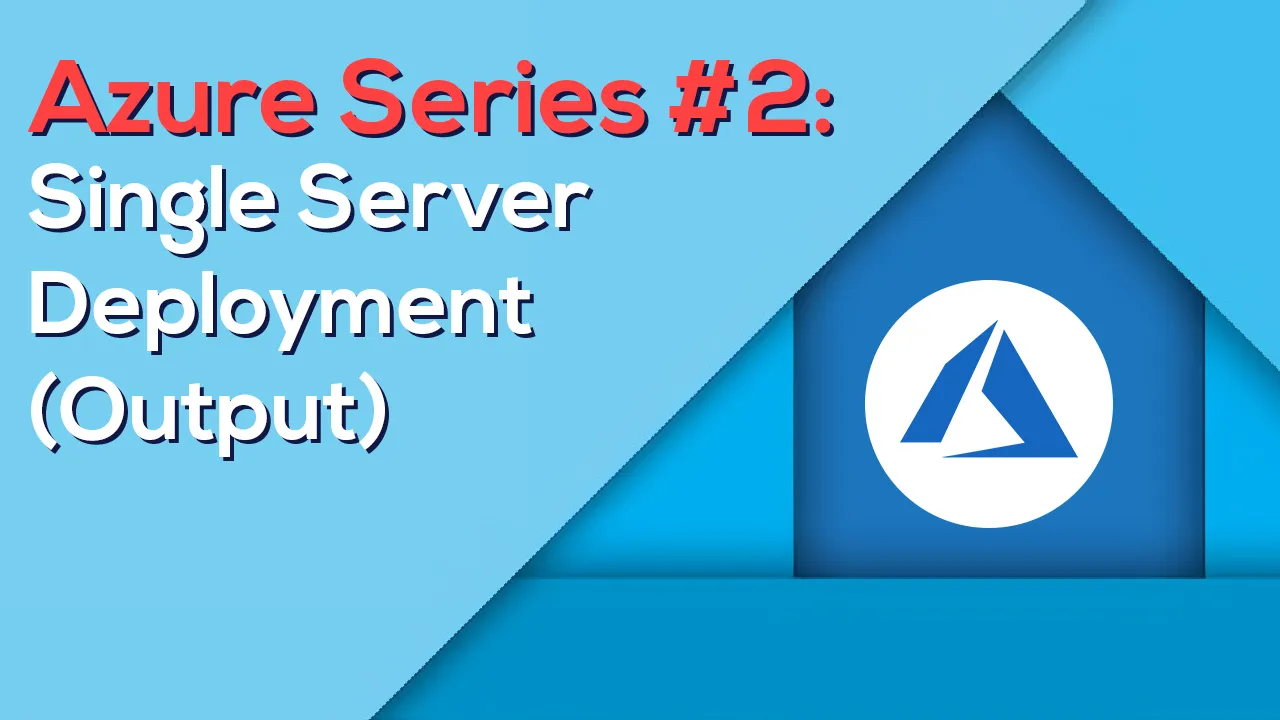No organization that is on the growth path or intending to have a more customer base and new entry into the market will restrict its infrastructure and design for one Database option. There are two levels of Database selection
- a. **The needs assessment **
- **b. Selecting the kind of database **
- c. Selection of Queues for communication
- d. Selecting the technology player
Options to choose from:
- Transactional Databases:
-
- Azure selection — Data Factory, Redis, CosmosDB, Azure SQL, Postgres SQL, MySQL, MariaDB, SQL Database, Maria DB, Managed Server
- Data warehousing:
-
- Azure selection — CosmosDB
-
- Delta Lake — Data Brick’s Lakehouse Architecture.
- Non-Relational Database:
- _- _Azure selection — CosmosDB
- Data Lake:
-
- Azure Data Lake
-
- Delta Lake — Data Bricks.
- Big Data and Analytics:
-
- Data Bricks
-
- Azure — HDInsights, Azure Synapse Analytics, Event Hubs, Data Lake Storage gen1, Azure Data Explorer Clusters, Data Factories, Azure Data Bricks, Analytics Services, Stream Analytics, Website UI, Cognitive Search, PowerBI, Queries, Reports.
- Machine Learning:
-
- Azure — Azure Synapse Analytics, Machine Learning, Genomics accounts, Bot Services, Machine Learning Studio, Cognitive Services, Bonsai.
Key Data platform services would like to highlight
- 1. Azure Data Factory (ADF)
- 2. Azure Synapse Analytics
- 3. Azure Stream Analytics
- 4. Azure Databricks
- 5. Azure Cognitive Services
- 6. Azure Data Lake Storage
- 7. Azure HDInsight
- 8. Azure CosmosDB
- 9. Azure SQL Database
#azure-databricks #azure #microsoft-azure-analytics #azure-data-factory #azure series

2.00 GEEK